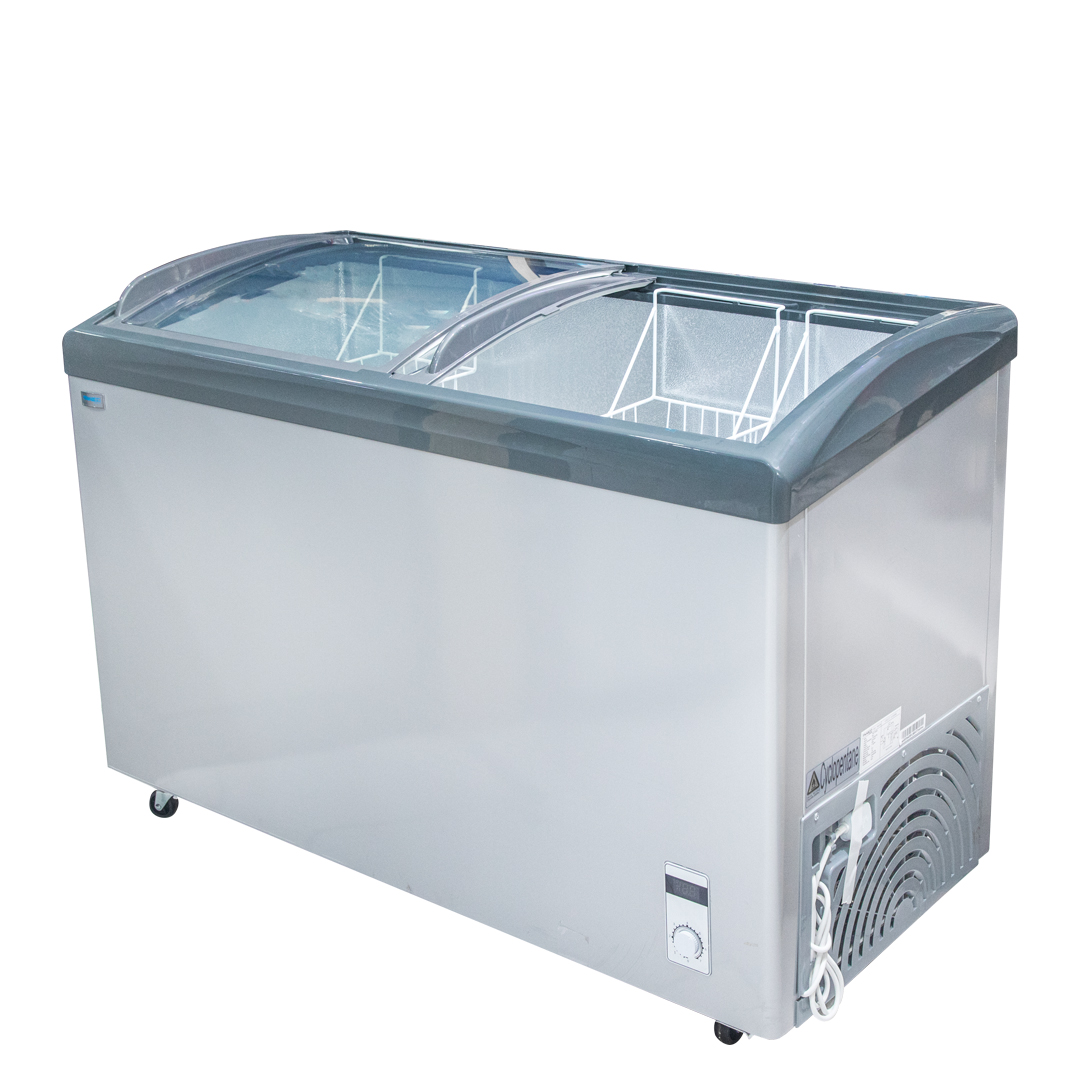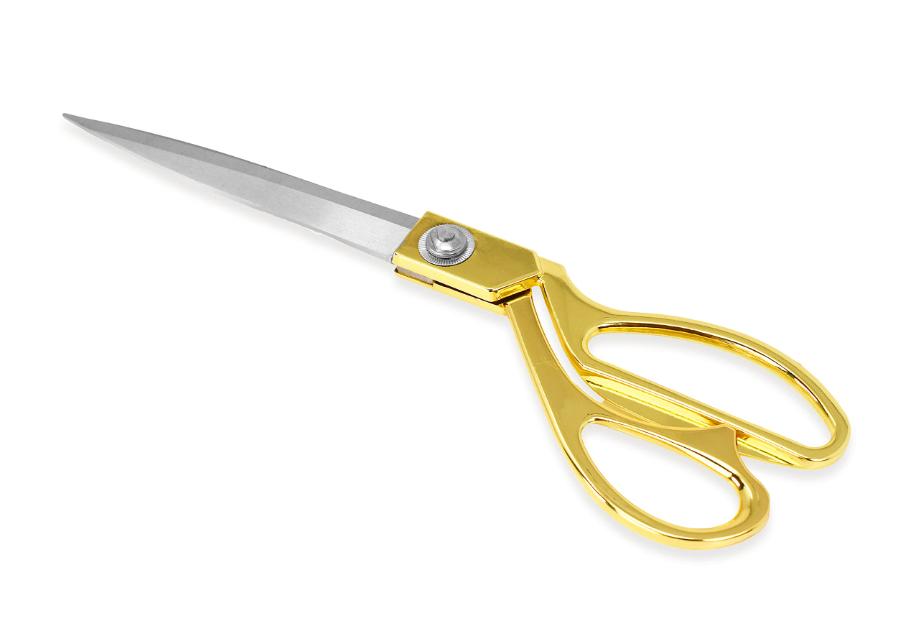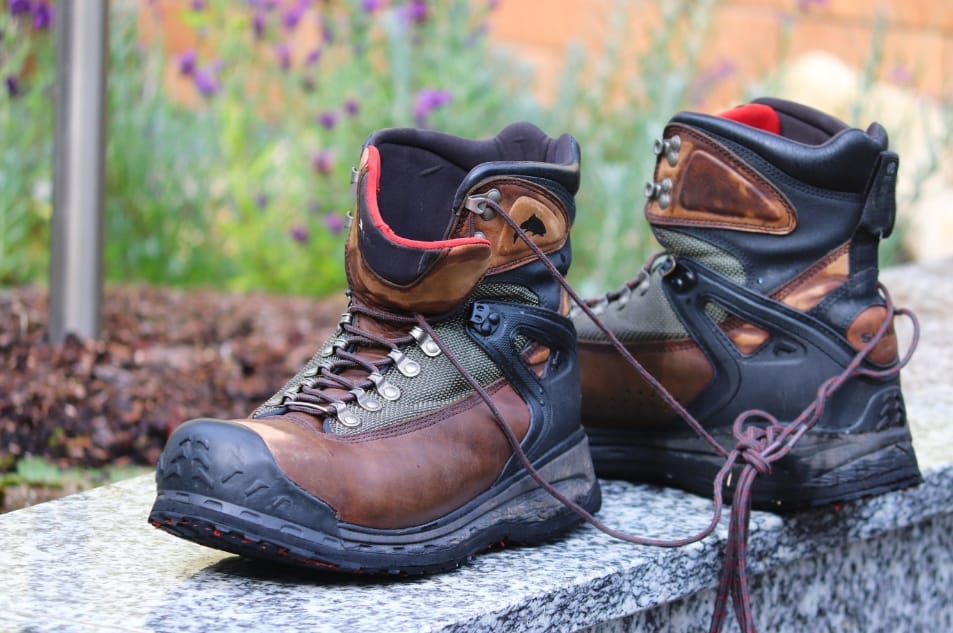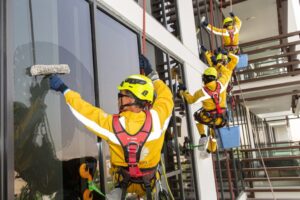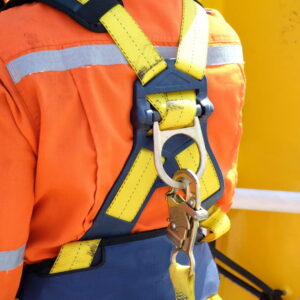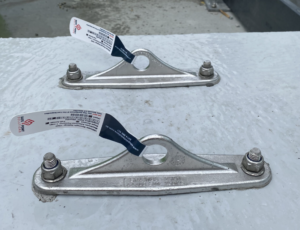Welcome to our comprehensive guide on choosing the right safety boot! Ensuring proper foot protection at work is crucial for maintaining safety and preventing injuries.
In this post, we’ll explore various types of safety boots, their importance, and how to select the best pair for your specific needs. Let’s dive in and discover how the right safety boot can enhance your safety and comfort at work.
What is a Safety Boot?
Safety boots are specially designed footwear that protects against various workplace hazards. These boots often feature reinforced toes, slip-resistant soles, and other protective elements to safeguard your feet from injuries.
Why is a Safety Boot Important?
Wearing the appropriate safety boot can significantly reduce the risk of foot injuries in hazardous environments. They are essential for protecting your feet from heavy objects, sharp materials, and other dangers commonly found in many workplaces.
Types of Safety Boots
Steel-Toe Boots
Steel-toe boots are among the most common types of safety boots. They feature a steel cap in the toe area to protect your feet from falling objects and compression injuries. Learn about the different styles and benefits of steel-toe boots.
Composite-Toe Boots
Composite-toe boots offer similar protection to steel-toe boots but are made from non-metal materials like carbon fiber or plastic. These boots are lighter and often preferred in environments where metal detectors are used.
Metatarsal Boots
Metatarsal boots provide additional protection for the top of your foot, extending coverage beyond the toes. These boots are ideal for workplaces where heavy objects are frequently moved and dropped.
Waterproof and Insulated Boots
For those working in wet or cold conditions, waterproof and insulated boots are essential. These boots keep your feet dry and warm, ensuring comfort and safety in challenging environments.
Slip-Resistant Boots
Slip-resistant boots feature specially designed soles that provide extra grip on slippery surfaces. These boots are crucial for preventing slips and falls in workplaces with wet or oily floors.
Choosing the Right Safety Boot
Before selecting a safety boot, it’s essential to assess your work environment and identify the specific hazards you may encounter. Consider factors such as the presence of heavy machinery, wet surfaces, and temperature extremes.
Comfort and Fit
The best safety boot is one that fits well and feels comfortable. Learn how to properly size and fit your safety boots to ensure maximum comfort throughout your workday. We’ll also discuss the importance of features like cushioned insoles and breathable materials.
Durability and Quality
Investing in a high-quality safety boot ensures long-lasting protection and durability. Discover the key features to look for in a durable safety boot, including construction materials, stitching, and sole design.
Safety Standards and Certifications
Not all safety boots are created equal. Ensure your boots meet relevant safety standards and certifications, which guarantee they have been tested and proven effective for protecting your feet.
Proper Use and Maintenance of Safety Boots
Wearing your safety boots correctly is essential for optimal protection. Proper usage involves wearing gear as intended and ensuring it fits correctly. For example, helmets should sit snugly on your head without wobbling, and gloves should cover your hands completely without being too tight.
Maintenance and Inspection
Regular maintenance and inspection of your safety boots are crucial for ensuring their effectiveness. Learn best practices for cleaning and caring for your boots, as well as when to replace them.
Creating a Safety-First Culture
Training and Education
Understanding the importance of safety boots and knowing how to use them correctly are key to preventing foot injuries. Safety training programs can provide valuable information and hands-on practice, helping individuals feel confident in using their safety gear. Ongoing education ensures that safety remains a priority and that everyone stays updated on the latest safety practices and equipment.
Encouraging Safe Practices
Promoting a culture of safety involves more than just providing the right equipment. Encourage safe practices by leading by example and reinforcing the importance of wearing safety boots and other protective gear. Create an environment where safety is always a priority, and individuals feel comfortable reporting hazards or suggesting improvements.
Conclusion
Safety boots are an essential component of workplace safety, providing critical protection against a variety of hazards.
By understanding the different types of safety boots available, assessing your work environment, and choosing the right pair, you can ensure your feet are well-protected.
Remember, a well-chosen safety boot not only enhances safety but also improves comfort and productivity. For more information on finding the right safety boot, visit our website. Stay safe and take the first step towards better foot protection today!

 Home
Home